Processing your own wild game meat allows you to save a pile of cash in processing fees, but also allows you to cook with confidence knowing how, when, and where your meat was prepared.
But what are the tools needed to get the job done? Where do you start? Which will you use the most?
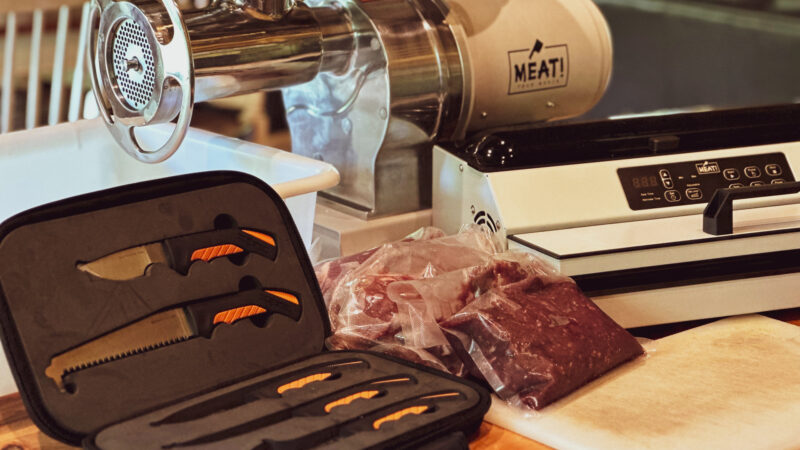
Here’s a look at the must-have gear to add to your tools to help you be your own butcher this season.
Cold Steel Fixed Blade Hunting Kit
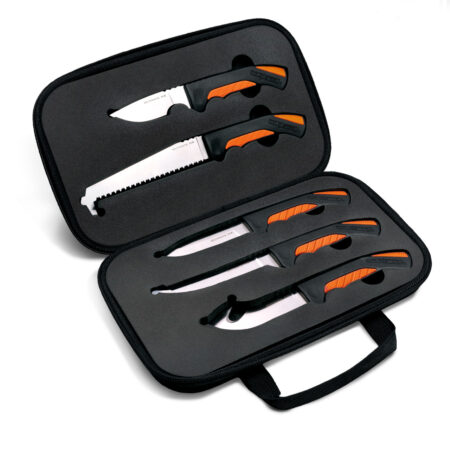
The crew at Cold Steel has just about every kind of knife you can imagine, but this kit features the essentials you’ll need for breaking down your deer. It comes with five knives, each built for a specific purpose in the butchering process. The blades are made from 4116 stainless steel, come with a double textured, ergonomically designed grip, and are conveniently stored in a compact carrying case, so you always have them handy, whether at the truck, hunting camp, or the house.
Meat Pole
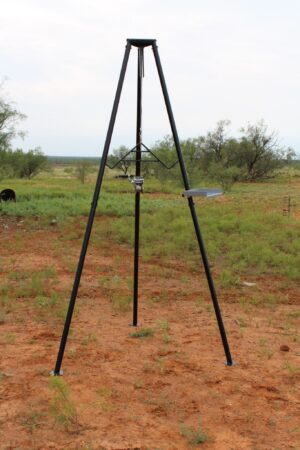
After the pictures are taken and the stories told, it’s time to get your deer hanging up to begin the butchering process. The Tri-Pod Hoist from HME is a great option that’s portable, easy to set up, and allows you to hang your deer anywhere you want. It’s a solid, secure, and convenient way to always ensure you have a meat pole handy.
Meat Lugs
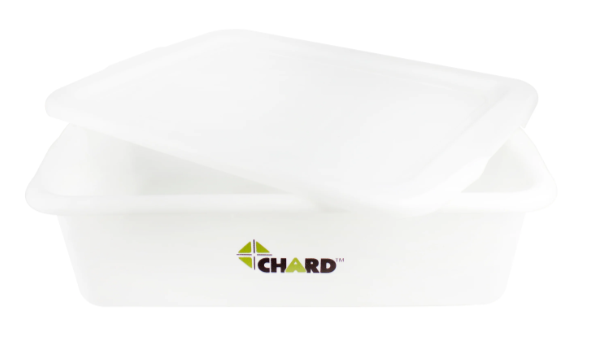
Once you start boning out meat, it’s important to have a clean place close by as you begin to pile up meat. A meat lug is the easiest way to handle large amounts of meat and is much easier than dealing with a plastic bag. The meat lug handles your meat throughout the early process of boning meat, rinsing meat, and storage in the fridge. Just be sure to buy a lug that comes with a lid to keep things clean and easily stackable. Most meat lugs can handle 40-50 pounds of meat.
Meat Grinder
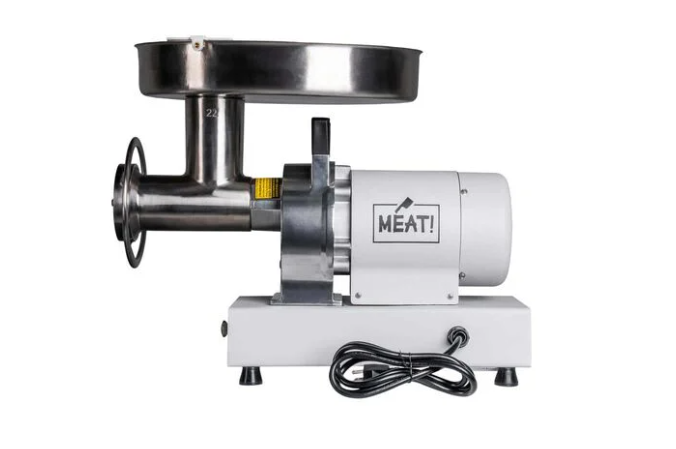
The meat grinder is often one of the first purchases the home butcher will make, and one they purchase with great pride. It’s pretty much the cornerstone piece for anyone breaking into the butchering game. The grinder handles the bulk of the meals around most homes with endless recipes calling for ground meat. Grinders come in all shapes and sizes, from hand grinders, to powerful electric grinders ranging in price from around $100 to $800. Some of the best brands out there include MEAT!, Weston, Chard, and Cabela’s.
Meat Mixer
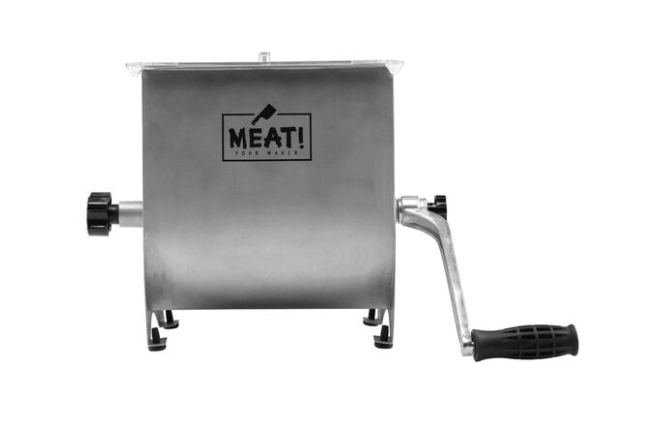
Okay, so maybe a meat mixer isn’t exactly a “must-have” piece of gear for your home processing setup. But after using one, it’s one you’ll soon realize you don’t want to go without. Mixing meat and seasonings by hand works, but a meat mixer changes the game to make things quick, easy and efficient. It’s the key to making perfectly blended sausage and specialty meats. You’ll find 20 and 50 pound hopper options in a stainless steel design for easy cleanup.
Sausage Stuffer
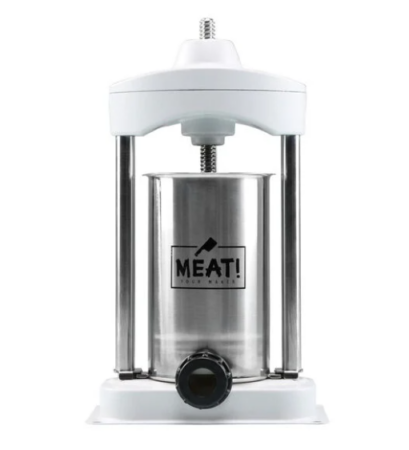
The sausage stuffer quickly finds its place on the must-have list simply because of its ability to crank out the specialty meats that hunters love so much. Breakfast sausage, summer sausage, snack sticks, and more, the stuffer makes the job easier than ever. The 5-pound stuffer is the perfect size for a wide range of options and is still packable in the pantry without taking up a lot of extra space.
Jerky Gun
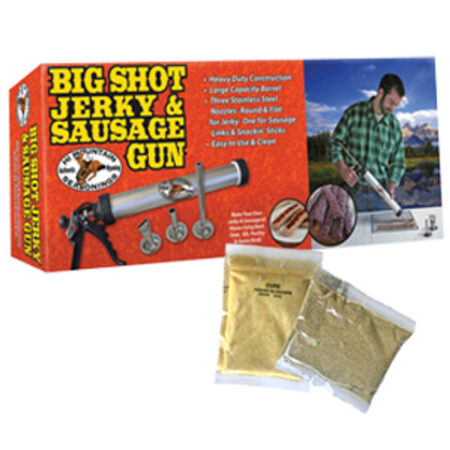
Another great option for making snack sticks or jerky is the jerky gun. This is a simple solution to making quality jerky or sticks in an easy, no-mess tool that makes short work of the process. The Hi Mtn Jerky Gun includes three stainless steel interchangeable nozzles (flat, long and sausage stuffing) and barrel cleaning brush. It’s also packaged with enough Jerky Cure & Seasonings to season 10 pounds of ground meat to get you started on your first batch.
Dehydrator
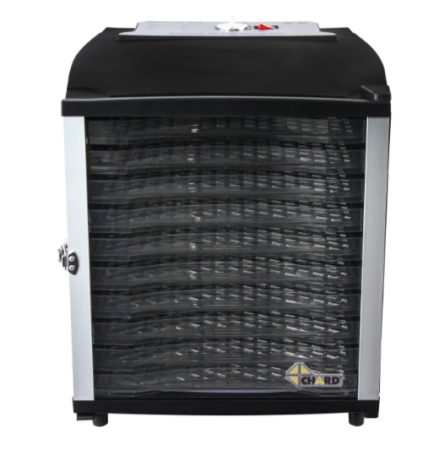
Once you get your jerky slices or sticks laid out, it’s time to get them in the dehydrator. You can use your stove for drying jerky, but the best bet is a dehydrator that’s built specifically for the task. You’ll typically find them in 3-tray, 5-tray, or even 10-tray options to handle large loads of jerky.
The Chard 10 Tray Dehydrator easily handles all your meats, veggies, or fruit for the ultimate in snacking. It also includes a non-stick drip sheet that catches dripping liquid and provides easy cleanup.
Freezer Paper
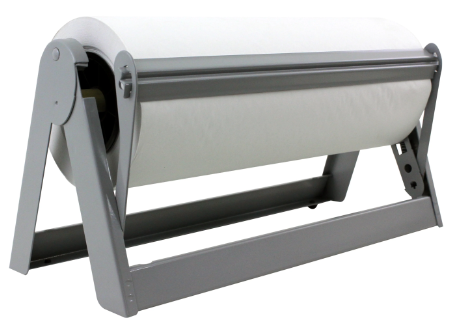
Freezer paper is standard equipment for anyone wanting to butcher their own meat from home. It’s a quick and easy way to wrap most any cut of meat or ground venison. You can wrap your meat to any portion size or cut you desire without restriction of bag size or serving limits.
Vacuum Sealer
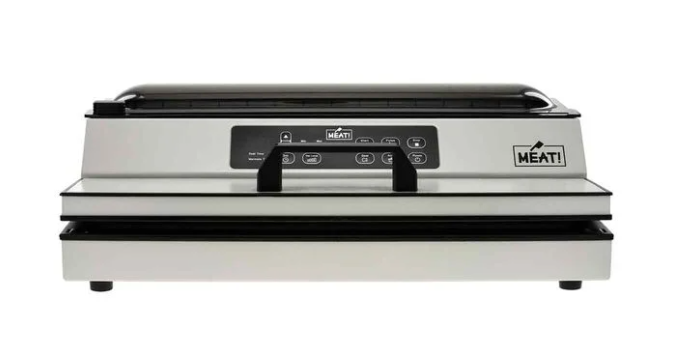
The best means of packaging your meat for longer periods of time in the freezer is to vacuum wrap your meat with a vacuum sealer. And while it may cost you a little more than your standard freezer paper, vacuum sealed meat tends to last longer without freezer burn when left buried deep in the freezer for over a year. MEAT! makes a great option in their vacuum sealer built with a 16″ sealing bar for larger capacities and an internal cooling fan that prevents overheating in extended use.
What about you? What’s your go-to equipment for butchering your own meat?
Comment below, and let us know what you like, use and recommend.
Check out the video below for a look at the Chop Shop, where BHOD team member, Clinton Fawcett, processes his deer meat.

 By
By 



